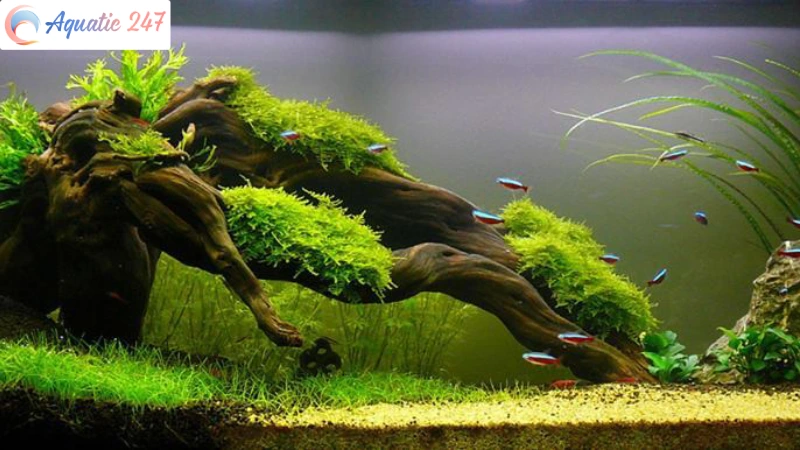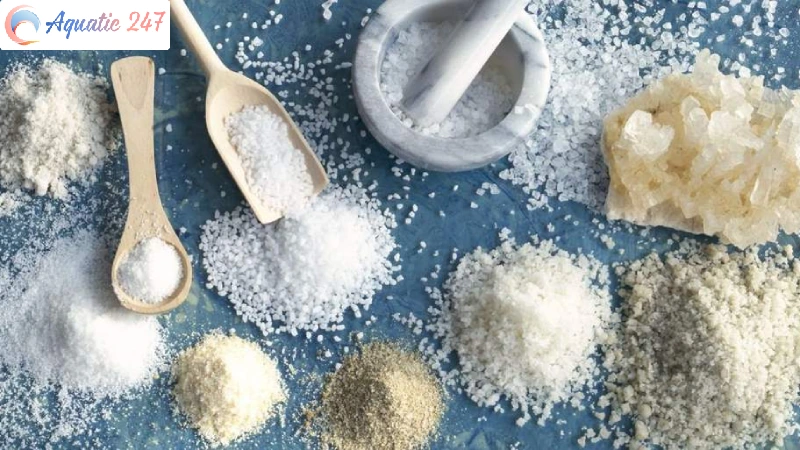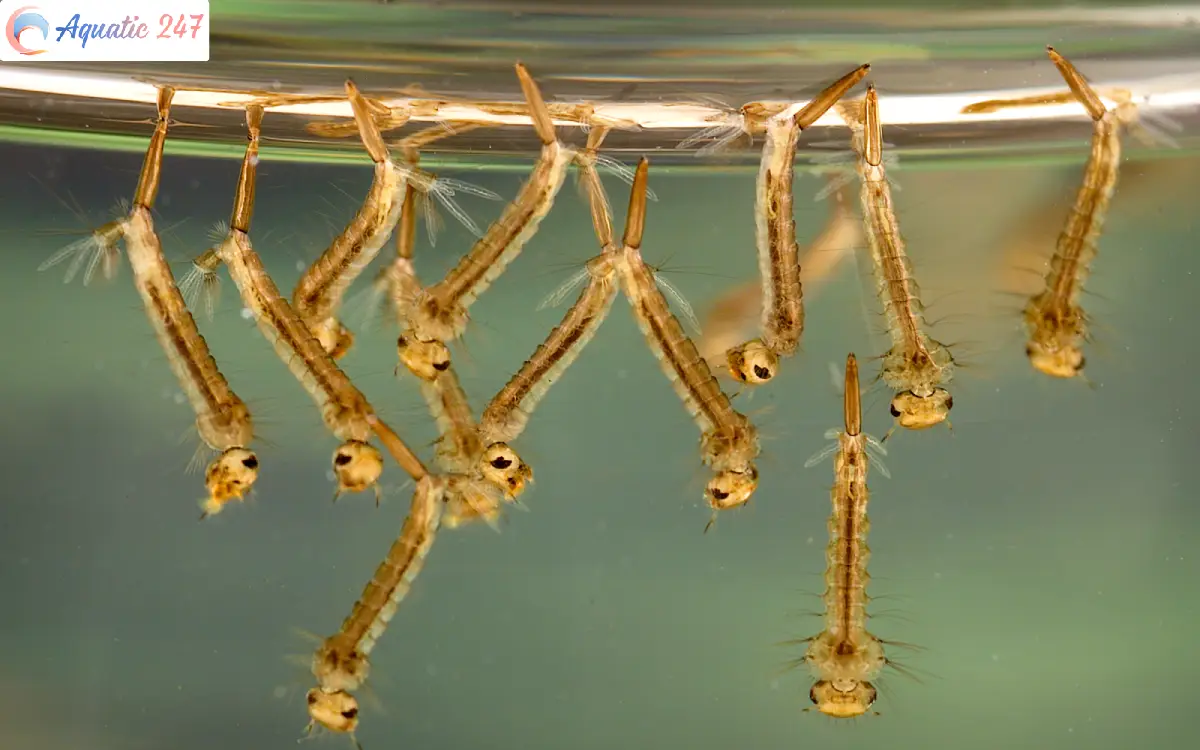In modern times, there are many types of driftwood used by aquarium hobbyists to decorate aquariums. However, using driftwood sometimes encounters some initial problems. In this article, Aquatic 247 will learn about driftwood and answer some questions, such as: How long does driftwood take to sink? How to get driftwood to sink?
What is driftwood?
Driftwood is wood that has been carried by water from oceans, seas, rivers, or streams and washed up on the shore. When this wood starts an underwater journey, it has a process of transformation influenced by nature.
The saltwater will sand the wood, removing any trace of pigment and color. On time, driftwood becomes smooth and attractive.
This change elevates the once-common wood to a spectacular and one-of-a-kind work of natural art.
For some who live near the coast, finding driftwood is as simple as walking along the shore. If you don’t have a beach nearby or can’t obtain driftwood, you may purchase it online or make it at home.

What are the benefits of driftwood in fish tanks?
In aquariums, driftwood serves as a natural habitat for aquatic creatures. Here are some key benefits.
Create a feeling of safety
The simple answer is that it is natural and organic. Fish like to be near anything that resembles the underwater world, like branches. So this is a great and creative way to simulate an ocean-like atmosphere naturally.
Lowers the pH level
When driftwood is soaked in water, it secretes a substance, including tannin. Tannins are beneficial to fish and reduce the pH of the water, thereby creating an acidic environment.
Releases oxygen
Although driftwood is used as a decorative or accessory, it also contributes to the health of freshwater fish populations. Best of all, it can raise oxygen levels.
Grow beneficial bacteria
Driftwood is an excellent source of bacterial growth. These beneficial bacteria aid in the detoxification of waste, transforming it into a more usable component for your aquatic plants. As they grow, your tanks will become more stable and your system will mature. These bacteria break down fish byproducts into less harmful substances, resulting in a healthy fish colony.
How to get driftwood to sink?
How to make driftwood sink? This is a difficult job but requires patience and expertise. Here are some ways that you reference.
Soaking in the water
The easy method is to soak driftwood in the water. Driftwood is lighter than water and floats., you need to soak in a certain time.
Get a bucket or container large enough for the driftwood to fit snugly. It is important to weigh the log down so that it is submerged in the water.
You can put a rock on top of it or anything heavier to hold it down. If the driftwood is constantly resisting pressure on it, you will need to add weight to it. Once driftwood has absorbed enough water, it will no longer float.
Boiling the driftwood
Boiling driftwood is a traditional method for accelerating its sinking process. To boil driftwood, use a large pot and cook for 30–120 minutes, depending on its hardness. It also eliminates the driftwood’s inherent tannins and rids it of any hazardous germs or parasites.
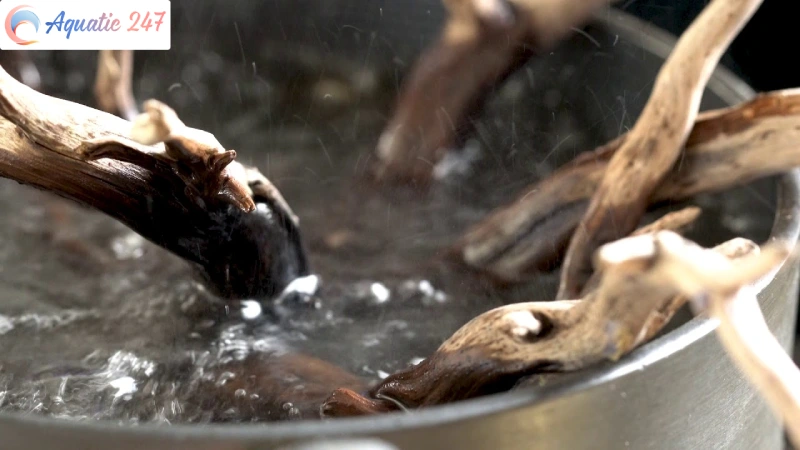
Adding weight on driftwood
To keep the driftwood from floating, you will need to place something on each corner to give weight to the driftwood. It could be a rock or a brick in an aquarium that is heavy enough to hold the log.
After a while, the wood will absorb enough water to sink on its own. You can then remove the stone and place the driftwood in the desired location.
However, this method will cause a loss of aesthetics in the beginning, you can consider it.
Making holes in driftwood
Use a drill to make some holes in it. This will allow water to pass in and out of the wood and lead to sink more easily due to its increased weight.
Be careful and don’t poke too many holes as that will ruin the quality of your driftwood.
Gluing down
This method works well with little pieces of wood. You can use aquarium adhesive to secure driftwood to the bottom of the fish tank.
As long as the tank surface is clean and free of debris, the glue will hold everything in place. Using aquarium glue eliminates the need for dead glue or driftwood adhesion issues.
Keep in mind that aquarium adhesive might leave your driftwood filthy and difficult to clean.
Entangling in plants
The best thing about this procedure is that it’s entirely natural. At the same time, it is easy, simple, and does not require anything to operate.
Most aquarium plants are sturdy enough to carry driftwood within. If the driftwood you use is tiny in size, you can attach it to the tree to keep it from moving about.
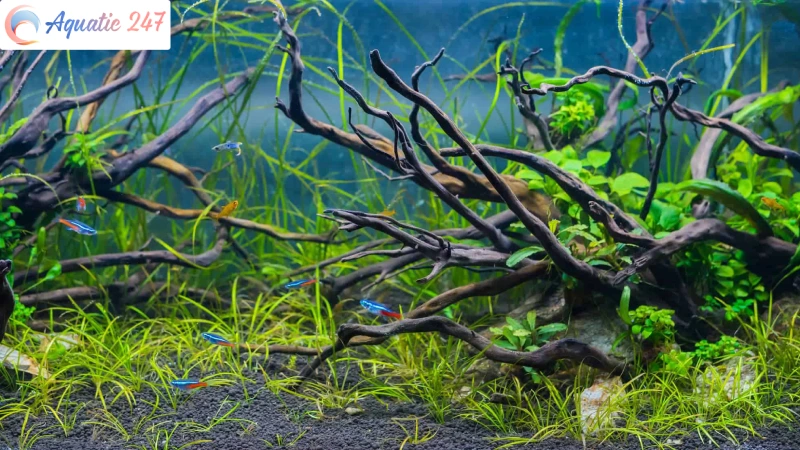
Tying it
To anchor driftwood, tie it to a water tank anchor point. This approach works especially well with little and medium-sized driftwood.
You can use a fishing line made of monofilament. It is strong, resilient, and does not leak chemicals into the water.
How long does driftwood take to sink?
How long for driftwood to sink? Driftwood must be completely saturated to sink. Driftwood’s sinking time varies based on its nature.
Wood might take up to two weeks to sink, depending on its porosity. It may take a month or two for the most porous driftwood to sink entirely.
As a result, it is impossible to predict exactly how long driftwood will sink. The only solution is to be patient and let things sink over time.
In conclusion
Surely you already know the answer to the question: How long does it take for driftwood to sink? We hope the methods mentioned above will help you deal with the initial driftwood problem. Organic aquatic structures should be used in aquariums rather than artificial or faux materials. Driftwood is an excellent option to decorate your fish tank because it is 100% organic and long-lasting. It not only adds beauty to your tank but also benefits your fish.

